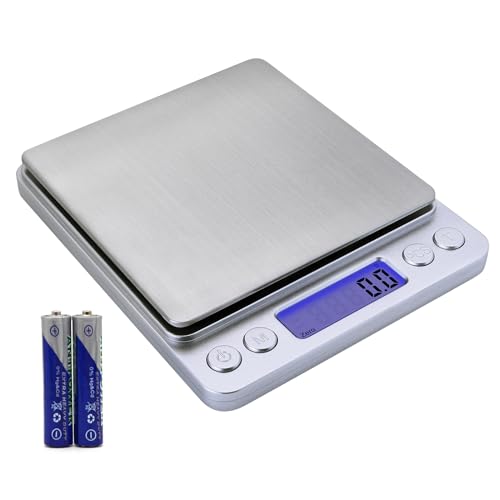1) input your recipe in soapcalc at 0 or 1 or 2 percent SF. This is what you will cook, with the amount of lye shown in this step. (If you chose 1 or 2, we are pretending that is YOUR 0% because that is where you feel safe with it.)
2) decide how much SF you want in percents. Convert to decimals. Ex- 8% becomes .08
3) the percent in step 2 is the amount of lye that was/will be discounted in order to reach the amount you already know from step 1.
4) this means that the amount in step 1 is the remaining part of the 100%. So if you are wanting to SF 8% (discount the lye by 8%) then the lye from step 1 is the other 92% of it that is NOT being discounted. And converted to decimals, that is .92 (sub in your own SF numbers in 2 thru 4 of course)
5) this means if you take the amount from step 1, and divide it by the decimal in step 4, you now know what 100% is.
6) because you know what 100% is on your lye, you can now find out what 8% lye is, by subtracting step1 from step 5. This little bit of lye is the amount you will have discounted when all is said and done.
7)Write this little lye number on THIS RECIPE. As long as THIS RECIPE does not change, this little bit of lye doesn't change either, and you can use this number to figure out LOTS of different SF oil amounts. How much shea is 8% ? How much coconut? How much avocado? Etc. You only need this little number here to figure the amounts for any of them!
Of course you could just do step 1 all by itself and have a low superfat recipe, or you could add oil afterwards willy-nilly and not know for sure how much SF there us, but if you want to know specifically how much of a specific oil will SF your recipe in step1 by the amount you chose in step 2, then you need to know exactly how much lye is being discounted.
7) that tiny bit of lye you are discounting will saponify a specific amount of oil. Different oils have different weights and different SAP values.
8 ) find the SAP value for the oil you want.
9) divide that little tiny lye amount by the SAP. Voila! You have your exact oil amount. This is how much oil that discounted lye would eat up if you didn't discount it.
So that's why you need to find 100% first in order to find 8% of 100%.

Otherwise it's a lot of guessing and fiddling.
But once you know what 5% or 8% or 10% lye is for a recipe, write it down, and then you can jump straight to step 8 if you're not changing anything but the SF oil type. It makes it very simple then to vary a recipe just by changing out the SF oil.












































